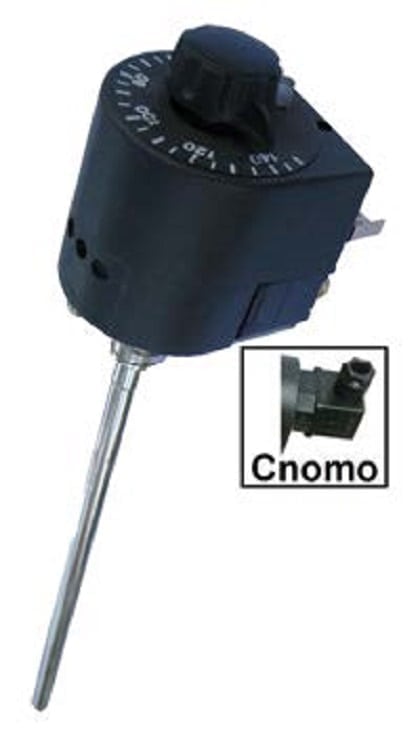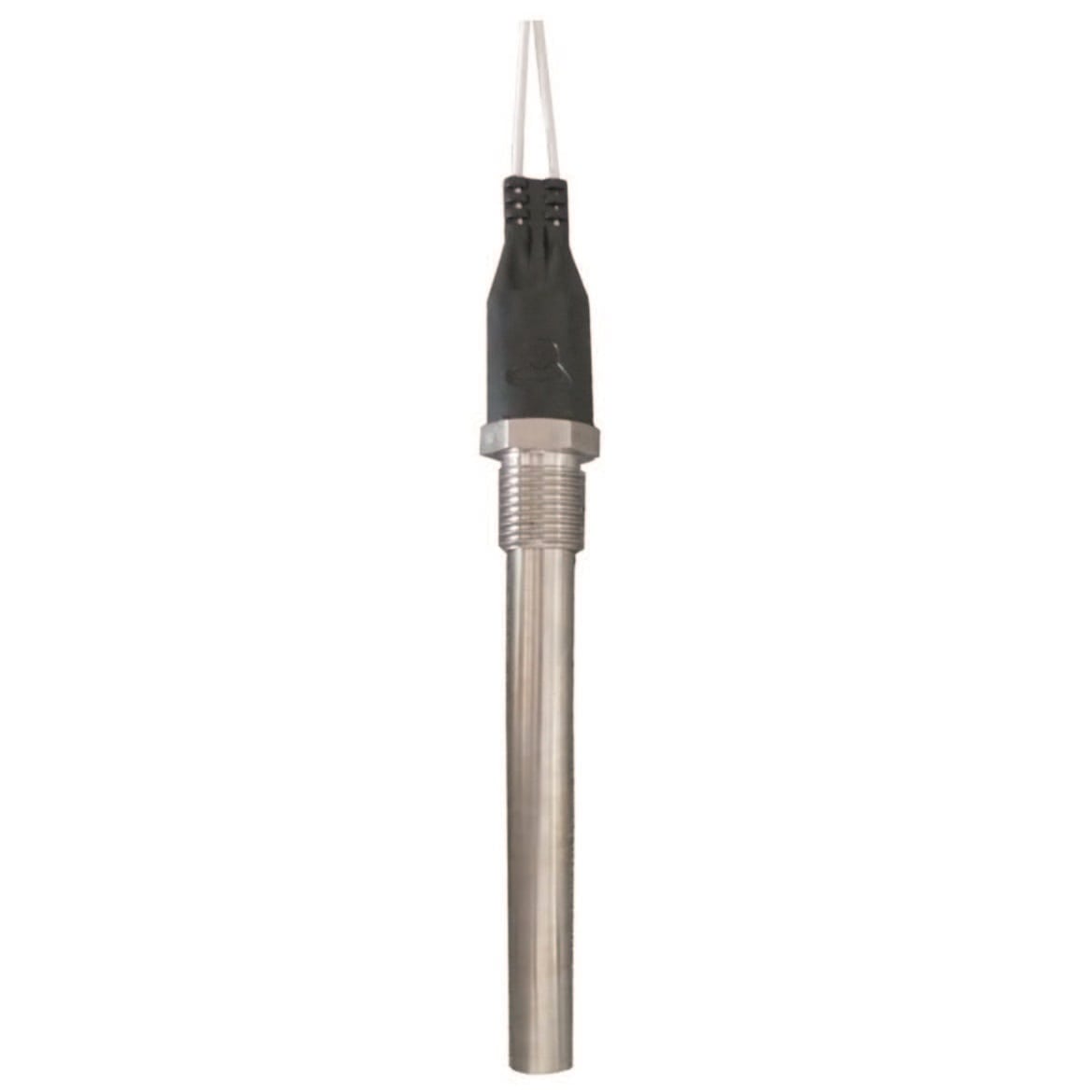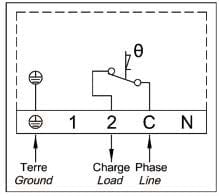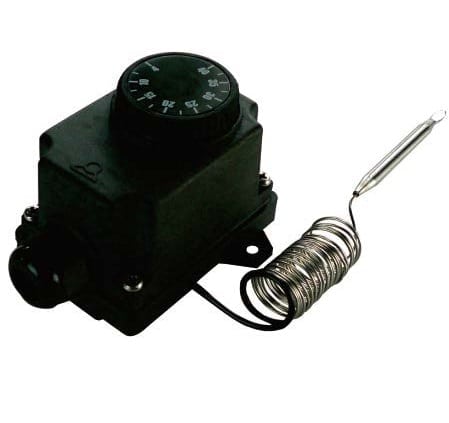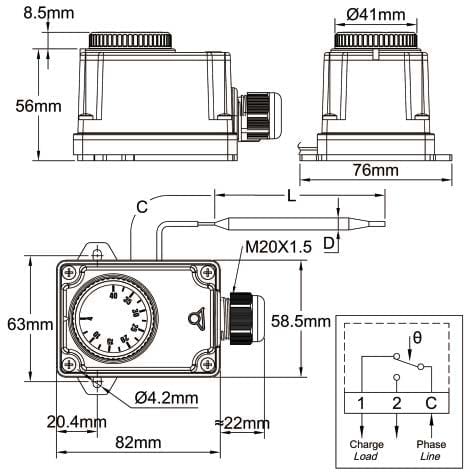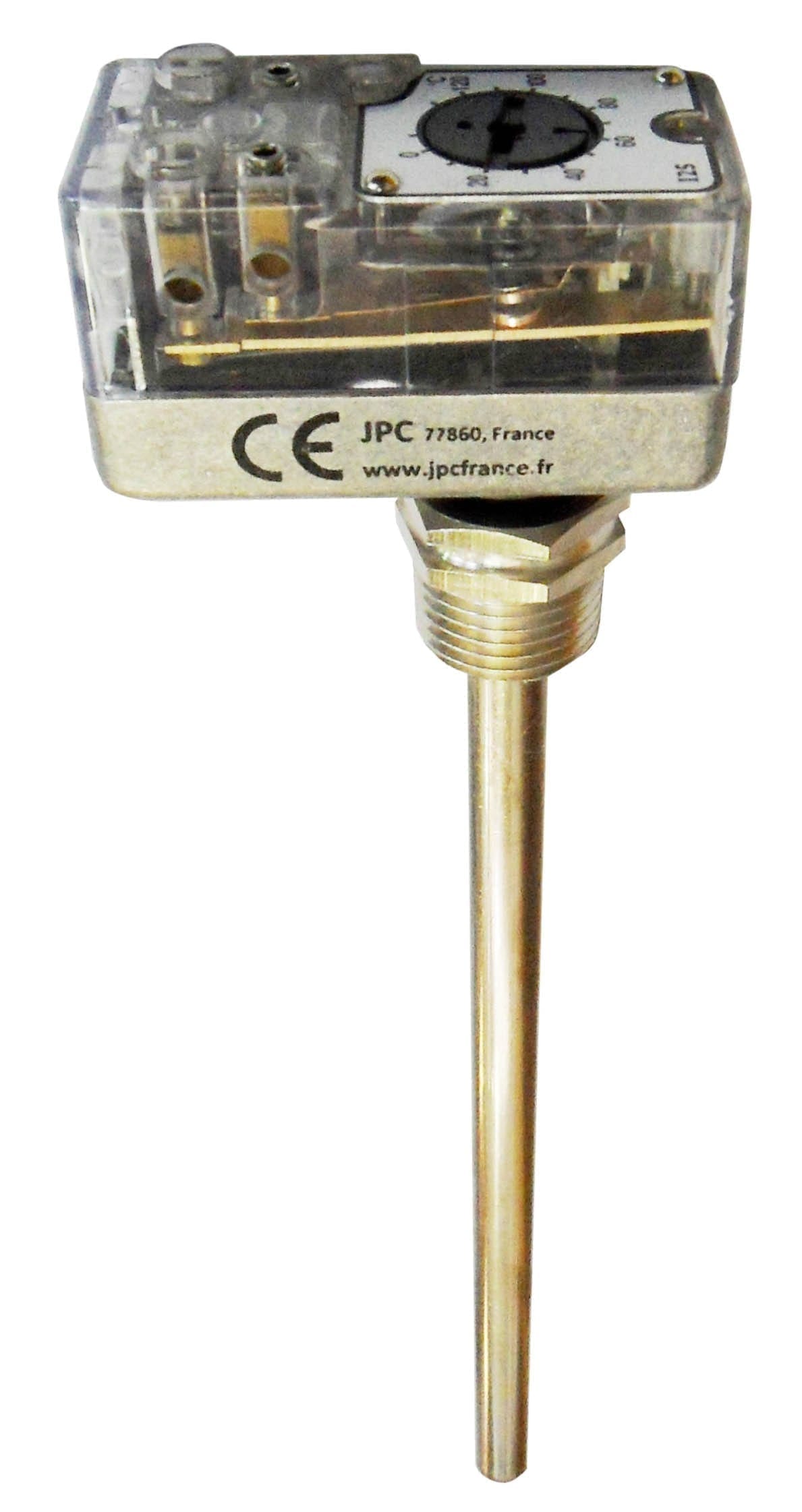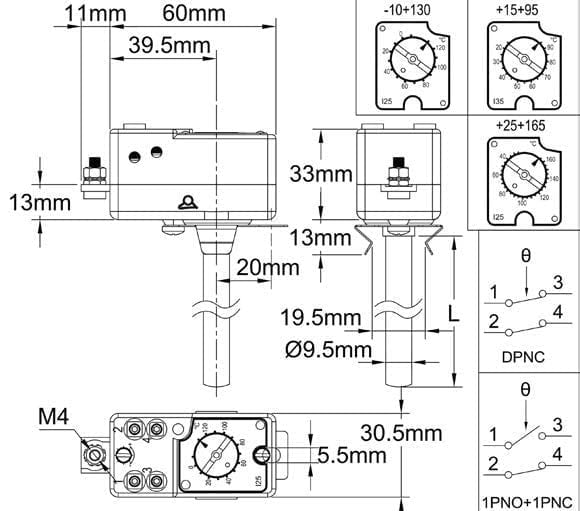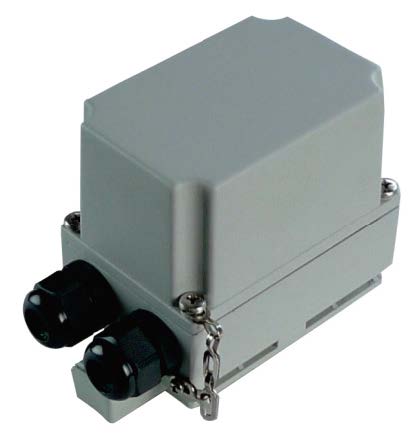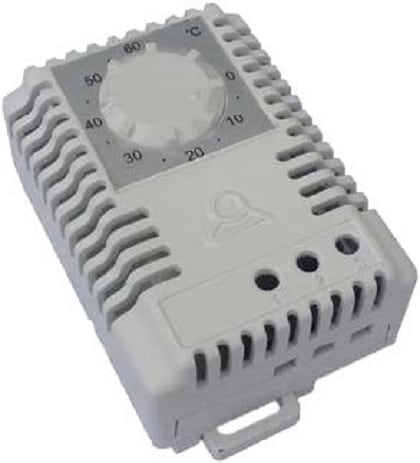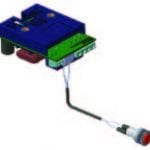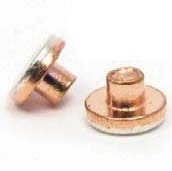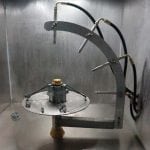SPDT Bimetal rod thermostats with dead zone
These thermostat have a rod section that is not sensible to temperature. This allows to keep the thermostat head away from high temperatures. Therefore, they are more used in air duct temperature control.
| Electrical rating | |
|---|---|
| Max operating temperature (°C) | |
| Temperature adjustment range (°C) | |
| Rod length (mm) | |
| Differential (°C) | |
| Max temperature on rod (°C) |
TECHNICAL FEATURES
Applications: These thermostat have a rod section that is not sensible to temperature. This allows to keep the thermostat head away from high temperatures. Therefore, they are more used in air duct temperature control.
Temperature ranges: 0-100°C (32-212°F), 0-200 °C (32-392°F), 0-300°C (32-572°F), 0-400°C (32-752°F)
Housing dimensions: 65 x48 x 48 mm (knob not included)
Material: PA66 housing, and Aisi 304 stainless steel rod
Temperature sensing element: Invar/stainless steel bimetal rod, temperature sensing
Electrical connections: screw terminals
Mounting:
- For liquid temperature sensing: inside pocket with internal diameter > 10 mm , or directly on 3/8”BSPP thread under the head, or with 3/8 x1/2” fitting (see accessories)
- For air temperature sensing measurement: with stainless steel bracket, with or without rod cooler
Rating: 16(4)A 250/400VAC, 300.000 cycles. Reduced differential model is not recommended for 400V applications. Contacts: SPDT, snap action
Max ambient temperature on the head: 85°C (185°F)
Options:
- Cnomo electrical connector
- Other temperature
- Other rod lengths
- IP65 aluminum housing
Accessories: BSPT 1/2’’ stainless steel pocket, fittings, bracket, see full description and references at end of this catalogue
Approvals: comply with EN 60730-1 and EN 60730-2 standards
Main references
| Temperature range
°C (°F) |
Rod length (mm) | Reference with standard differential* | Differential value
°C (°F) |
Reference with reduced differential* | Differential value
°C (°F) |
Max. temperature on rod °C (°F) |
| 0-100°C (32-212°F) | 300 | VRA00010000300 | 6±3°C (10.8±5.4°F) | VUA00010000300 | 3±1.5°C (5.4±2.7°F) | 130°C (266°F) |
| 0-100°C (32-212°F) | 450 | VRA00010000450 | 6±3°C (10.8±5.4°F) | VUA00010000450 | 3±1.5°C (5.4±2.7°F) | 130°C (266°F) |
| 0-200°C (32-392°F) | 300 | VRA00020000300 | 12±6°C (21.6±10.8°F) | VUA00020000300 | 6±3°C (10.8±5.4°F) | 230°C (446°F) |
| 0-300°C (32-572°F) | 300 | VRA00030000300 | 18±9°C (32.4±16.2°F) | VUA00030000300 | 9±4.5°C (16.2±8.1°F) | 350°C (662°F) |
| 0-400°C (32-752°F) | 450 | VRA00040000450 | 24±12°C (43.2±21.6°F) | VUA00040000450 | 12±6°C (21.6±10.8°F) | 450°C (842°F) |
| 0-150°C (32-302°F) | 170 | SRA00015000170 | 8±4°C (14.4±7.2°F) | SUA00015000170 | 4±2°C (7.2±3.6°F) | 180°C (356°F) |
Downloads
Related products
Bimetal surface thermostats
Dia. 10mm cartridge thermostat 1/2″BSPT or M14x1.5 fitting, calibration from 50 to 120°C
Rod temperature limiter boxes
Disc thermostats
Remote temperature control boxes
Bulb and capillary temperature limiters
Bimetal rod thermostats
Pipe surface temperature limiter boxes
Room and antifreeze temperature control boxes
Electrical cabinet ambient temperature thermostats, Din Rail mounting
Technical informations associated to this product
-
Description of temperature controls
Used as control thermostats or as a safety thermostat with manual reset, these thermostats have a disc made of two different metals laminated together for temperature sensing element. These two metals have different expansion coefficients. -
Thermostats installation
The proper functioning of a thermostat depends primarily on the correct choice of the component, but also the conditions of its installation. Conditions used to calibrate regulating and control equipment in the factory are always ideal laboratory conditions, ensuring measurement accuracy and repeatability. These conditions are rarely those found in practice when installing thermostats. However, with a minimum of constraints, it is possible to optimize assemblies. -
Electrical contacts
As numerous mechanisms exist, we decided not to distinguish on the basis of constructive technique, but according to their operation speed, which is the key element. -
Electrical protection classes
The housings are designed to protect electrical equipment located inside. This protection must be considered in the electrical and environmental angles.)

